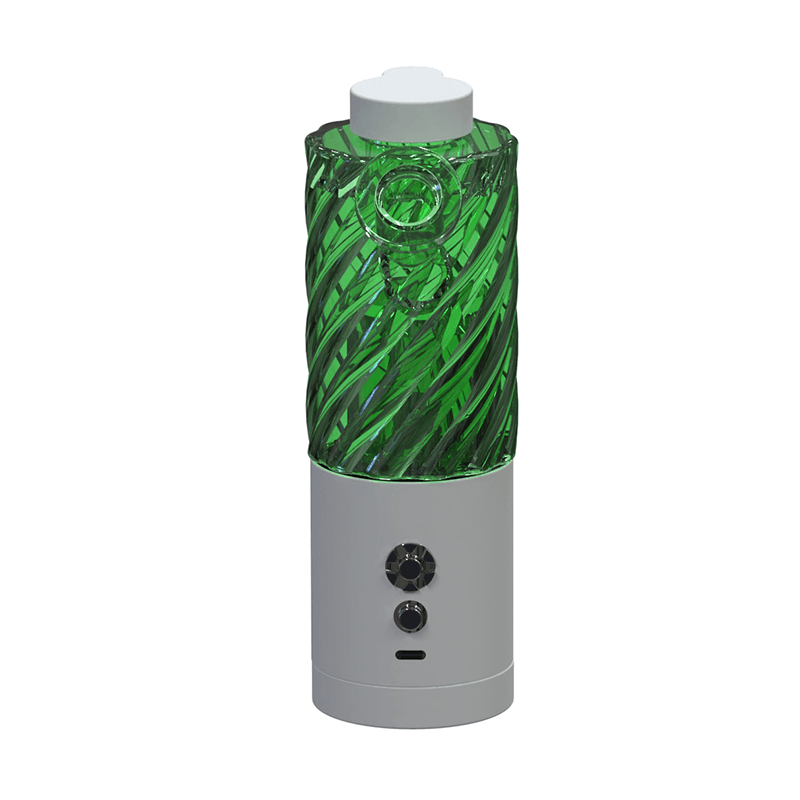How to Make Cannabutter for Edibles: A Step-by-Step Guide
Did you know the global cannabis edibles market is set to hit $11.8 billion by 2027? As cannabis gains popularity, making cannabutter for edibles is now a key skill. It's important for both food lovers and cannabis users.
We're exploring the world of cannabis-infused butter. Our guide makes creating your own potent and tasty cannabutter easy. It's perfect for both experienced cannabis users and curious cooks.

What is Cannabutter: Essential Knowledge Before You Begin
Starting with cannabis cooking means knowing the basics of cannabutter. Our guide will show you how to make this special ingredient. It turns simple recipes into amazing cannabis-infused dishes.
Cannabutter is different from regular butter because of its cannabis infusion. It brings the strong effects of cannabis into your food. The main difference is how it mixes the cannabis compounds into the butter.
The Science of Cannabis Infusion
Cannabis infusion is a careful art. It involves moving the active parts of cannabis into butter. You need to know a few important things:
- Temperature control during extraction
- Selecting the right cannabis strains
- Understanding decarboxylation principles
- Proper fat absorption of cannabinoids
Homemade Cannabutter Benefits
Making your own cannabutter has many benefits. Here are a few:
- Control over how strong it is
- Customizing what goes into it
- It's cheaper than buying it
- You get fresh, high-quality cannabis infusion
Learning about cannabutter basics opens up a world of cooking. You'll get to enjoy making your own cannabis-infused dishes. Our guide will take you through every step of this exciting journey.
Essential Ingredients and Equipment for Perfect Cannabutter
Making top-notch cannabutter needs careful planning and the right tools. We'll show you what you need to make the best infused butter for your dishes.
First, let's talk about the main ingredients. You'll need:
- High-quality cannabis flower
- Unsalted butter (preferably organic)
- Cheesecloth or fine mesh strainer
- Large cooking pot
- Thermometer
An electric dab rig can really help in your kitchen. It's not a must-have, but it lets you control the temperature well. This ensures the cannabinoids are activated right without burning your plant.
For the best results, you'll also need some special tools:
- Digital kitchen scale for accurate measurements
- Airtight storage containers
- Heat-resistant gloves
- Silicone spatula for easy mixing
Pro tip: Good equipment makes making cannabutter easier and more consistent. The right tools can greatly improve your butter's potency and taste.
How to Make Cannabutter for Edibles: Complete Process
Making the perfect cannabutter needs precision and care. Our guide will show you how to make a delicious and strong cannabis-infused butter. It will change how you cook.
Decarboxylation Process Explained
The decarboxylation process is key to making cannabinoids active. Raw cannabis has THCA, which turns into THC with heat. Spread ground cannabis on a baking sheet and heat it in the oven at 240°F for 30-40 minutes.
- Preheat oven to 240°F
- Grind cannabis flowers uniformly
- Spread cannabis on parchment-lined baking sheet
- Bake for 30-40 minutes
Cannabis Infusion Temperature Control
Keeping the right temperature is vital for keeping cannabinoids strong. Use a slow cooker or double boiler to infuse butter at 160-180°F. This keeps it from burning and gets the most cannabinoids.
- Combine decarboxylated cannabis with butter
- Use low, consistent heat
- Stir occasionally to prevent scorching
- Maintain temperature between 160-180°F
Straining and Storage Methods
Strain your cannabutter through a fine-mesh strainer or cheesecloth after infusion. Then, store it in an airtight container in the fridge for up to two weeks. Or, freeze it for longer.
- Use cheesecloth for clean straining
- Squeeze out maximum butter
- Store in sealed glass container
- Refrigerate up to two weeks
Dosage Guidelines and Potency Testing
Making safe and fun cannabis edibles means paying close attention to dosage and THC content. It's key to know how strong your homemade cannabutter is for safe use.
When making cannabutter, knowing the THC content is important. It helps you control how strong your edibles are. Start with a low-potency batch and adjust as needed.
Calculating THC Content
Calculating THC content involves a few steps:
- Determine the THC percentage of your cannabis strain
- Measure the total weight of cannabis used
- Calculate the approximate milligrams of THC per tablespoon of cannabutter
Serving Size Recommendations
For safe edibles, follow these serving guidelines:
- Beginners: Start with 2.5-5 mg of THC per serving
- Intermediate users: 5-15 mg per serving
- Experienced consumers: 15-30 mg per serving
Safety Considerations
Always be careful with cannabutter. Wait at least 2 hours between servings. Edible effects can take time to show up. Keep your cannabutter away from kids and pets.
Remember, everyone reacts differently. Start with a small amount and increase slowly. This way, you can enjoy your homemade cannabis-infused butter safely.
Creative Ways to Use Your Cannabutter in Recipes
We've learned how to make cannabutter, and now it's time to get creative in the kitchen. Cannabis-infused edibles are a fun way to enjoy your homemade cannabutter. You can turn simple dishes into special treats with our recipes.
Baking is a favorite way to use cannabutter. It makes brownies, cookies, and cakes even better. Start with recipes you know, then try new things. An electric dab rig can help with precise temperature control for better infusion.
Savory dishes also benefit from cannabutter. Try it on toast, in pasta sauces, or on roasted veggies. Each dish is a chance to get creative with cannabis-infused edibles. Always start small and keep track of how much you're eating.
Breakfast and brunch are great for cannabutter recipes. Imagine adding it to pancake batter, scrambled eggs, or hollandaise sauce. Our adventures with cannabutter are endless, but always remember to be mindful of how much you're eating.
